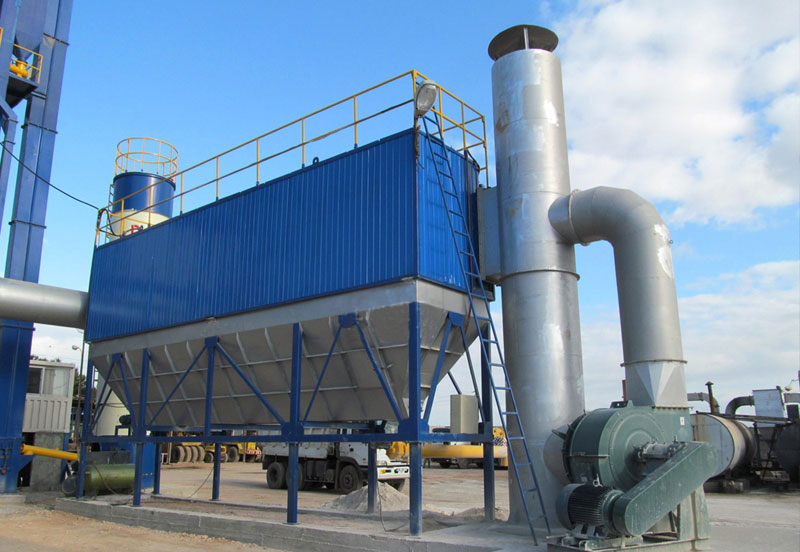
Bag filters are a type of industrial air filter that reduces the amount of dust and particulates in your manufacturing processes. They work by using a fan or blower to pressure (push) or vacuum (suck) the air through the bag’s filter media. You must consider various factors to ensure you get the right product for your application. These include your plant’s technological features, regulatory compliance and certifications, and the chemicals and dust you produce.
Material
Choosing the proper material for filter bags is vital to the efficiency and life of the filtration system. Different materials are used in bag filters depending on the specific needs of each application. Polyester, polypropylene, PTFE, and aramid are common options that provide moisture, high temperature, and chemical resilience. Determine the areas, equipment, and processes in your plant that generate dust. It will help to design the size and capacity of the system.
Consider if the dust is combustible and whether you need a special fire-resistant lining. It will also help in the selection of a suitable filter fabric. Other considerations include the abrasiveness of the dust and any chemical makeup that may cause the filter to wear out at an accelerated rate. Considering these things, you can ensure industrial bag filters VA operate at their best.
Regulatory Compliance and Certifications
Depending on your industry, specific regulatory compliance requirements may exist. For example, if your bag filter system treats food or water, your bag filters must comply with FDA regulations or NSF certifications to ensure they are safe for use. Your bag filter design should also take into account your facility’s conditions. For instance, ambient temperatures can determine what size and micron rating of filters will work best for you. Moreover, establishing the type of contaminants you want to remove will help you choose the right filter media and micron rating for your application.
It’s also important to consider gas temperature fluctuations, as fabrics are designed to operate within certain temperature ranges. Even briefly, situations outside of this range can weaken or damage your filters. The right bag filter material can reduce maintenance costs, minimize downtime, and provide a longer service life.
Design and Ease of Use
Choosing the right industrial bag filter is vital to your plant’s operations. It can minimize process downtime, lower or eliminate waste disposal costs, limit worker exposure to chemicals and dust, reduce maintenance time and expense and improve product quality. Evaluating the conditions your system will operate under, such as temperature and pressure, helps determine the filter size you need. Assessing the type and size of contaminants you must remove can help you choose the right filter media and micron rating for your specific application.
Additionally, selecting the right housing material is important. Generally speaking, thermoplastics, such as polypropylene or PVC, are more cost-effective than metal options and offer excellent chemical resistance. Ductwork design is also important, as the ductwork size will depend on the CFM required to convey captured dust to the bag filter inlet. In addition, properly designing the ducting to decrease duct friction will help lower your overall system static pressure and energy consumption.
Flow Rates
You must evaluate your flow rate requirements when selecting a bag filter system. It ensures the system can accommodate your filtration needs while meeting site and operational nuances. A sufficient flow rate will prevent your filters from clogging faster. It causes mechanical strain that decreases bag life expectancy. It will reduce air velocity and suction, making it difficult for the baghouse to clean properly. You can determine your filtration needs by looking at the manufacturer’s flow curves for cartridge designs and pore size options. You can then compare this information to your application’s flow rates. For higher flows, it may be necessary to consider dual-chamber filter systems. These offer double the capacity of single-chamber designs while providing an adequate flow rate.